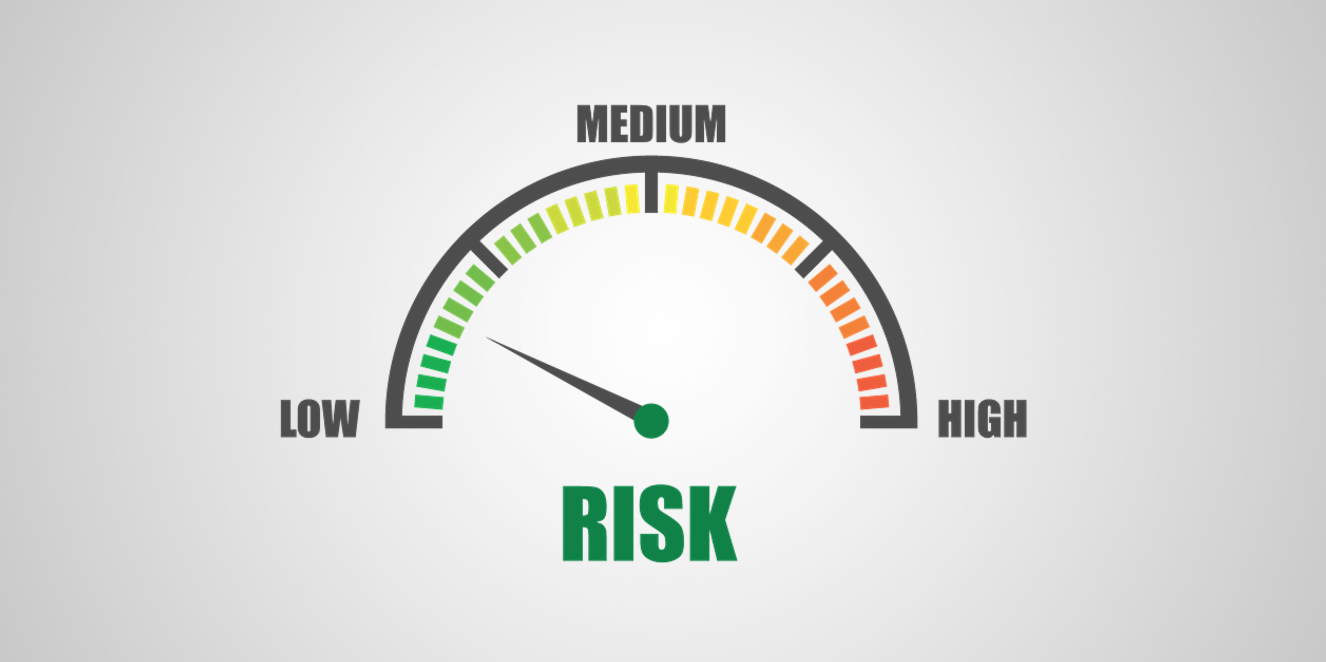Getting back to Business
It’s great to be able to stroll around Northampton centre and see the market buzzing again, people are flowing in and out of shops, the offices are occupied and overall, things seem to be getting back to normal. Well, perhaps not back to normal, but at least heading in that direction. As Northampton starts to open up again and we start to get into the swing of things after the pandemic, we all need to consider if there will be long term changes in how we run our businesses. The long term situation, however, may not be the danger area for many SMEs, small business sole traders and contractors. It’s frankly wonderful to see the change, but underneath the optimism and relief I cannot help but have a small, nagging feeling of concern. To explain why I am apparently being such a wet blanket (I’m not, honestly) we need to just take a moment to consider two elements of the current business landscape in perspective. If you do you will come to the same conclusion I did, that now is the time to pay very close attention to your credit control.
The first thing to remember is that in terms of cash flow and available funds the majority of businesses are in a unique position. It goes without saying that how badly Covid-19 impacted on their business will mean how exposed they potentially are to cash flow issues, but even that is not quite as simple as it sounds. In some cases, the government assistance may have been enough to tide the business through and normal trade may have recommenced. Others, such as sole director businesses that couldn’t use the government aid for example, may currently be low on cash on hand but looking at a steady rise in business and therefore relatively stable. At the opposite end of the scale though some business may only appear solvent because of a small loan that is about to run out.
For the larger businesses the full impact of covid-19 may not become apparent for some time. However, we are certainly seeing a number of big names such as Intu, John Lewis, Boots, Bella Italia and others heading into serious financial trouble or closing the doors on parts of their organisation.
Secondly, recent changes in the law mean that a business can potentially ask for what is terms a moratorium if it is about to become insolvent. That means it will appoint a specialist (an insolvency practitioner for example) who will assess the financial situation and then agree an application for a 20 day (extendable) period where no action can be taken against the company. In all likelihood only larger businesses will use moratoria but realistically they are also the businesses that already demanded extended terms. The effect of 20 days and an additional preparation time delay on payment of an invoice could be devastating to many suppliers. At the end of this period, should the business officially go under, you may still not be paid of course, but even if a rescue plan is put in place this process could add 30+ days to an already late invoice. That is a worrying thought.
The effect of all this is to alter the usual circumstances of payment terms. Covid-19 has created a distorted lens through which we need to view the issue of credit control.
Flexible but Firm
We are all in favour of flexibility here at Northants Accounting and often negotiation of payment terms is a good way to resolve an outstanding debt. In the current climate though it’s just worth throwing a moment of caution in the mix.
So, putting all this into perspective we suggest you focus on your payment terms and conditions and where possible bring any anomalies where payments are slipping under control as soon as possible.
Part of being in business is the occasional bad debt but it has never happened on the back of a very slow period caused by a pandemic before. Good credit control has always been essential but right now it could be all that stands between solvency and uncertainty. Our advice then is to:
- Be agile and flexible in the way you view outstanding debt, things have changed so you need to change with them
- Pay closer attention than ever to credit control
- Review your credit control policies
- Keep in close contact with your customers and restate your terms where possible
- Pay particular attention to the danger of high volume customers not paying you
- Plan for a range of scenarios based on the current and short term changes to the market
As always, we are here if you need us to help.














